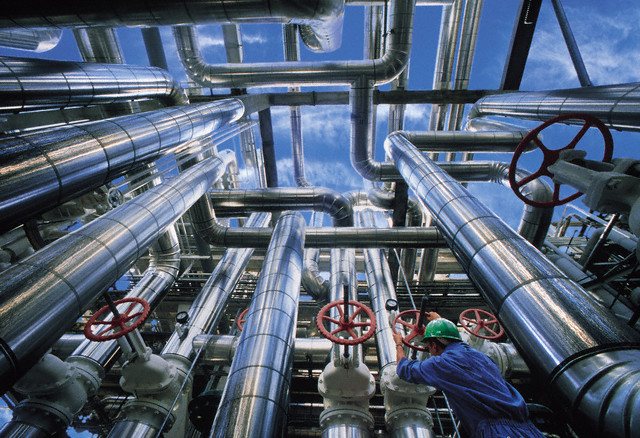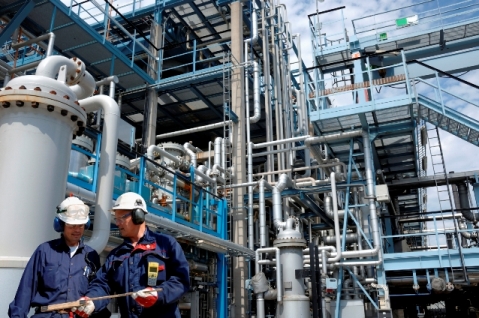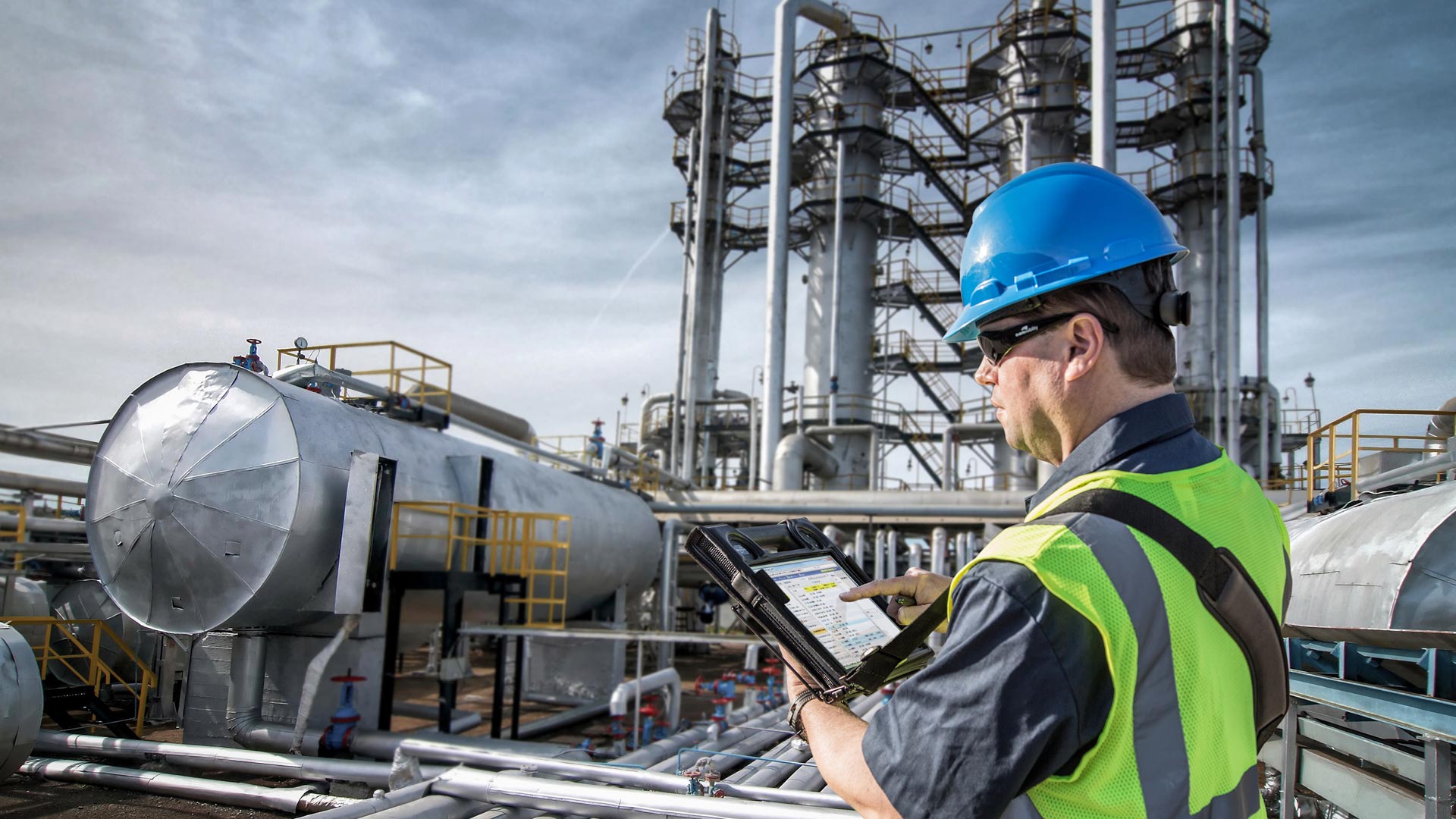TECHNOLOGY FOCUS
The most diverse substances are transported and distributed in piping systems every single day. They include aggressive fluids in the chemical industry, hydrocarbons in petrochemistry or steam for energy transmission.
Chemical engineers who are designing these piping systems and specifying associated equipment like valves, pumps and flow meters probably face more fluid flow problems than any other. Pressure drop calculations help the engineer size pipes and ducts, determine performance requirements for pumps and fans, and specify control valves and flow meters. And although the underlying theory is rather simple, its practical application can be confusing due to the empirical nature of important correlations, multiple methods for expressing parameters, many variable inputs, and alternative units of measurement.


COURSE CONTENT
Designed around a series of practical examples which we work through to a solution, this unique training course is an essential guide to understanding the flow of fluids through pipe, valves and fittings. This understanding is a prerequisite for a successful design & flawless operation of your plant and piping system.
The course features 5 major items:
1- An in-depth information on physical properties of fluids (weight density, specific gravity, viscosity, vapor pressure...) and how to calculate them
2- An in-depth information on compressible and incompressible fluid flow through piping systems, valves, pumps & flow meter devices (Orifice plates, Flow Nozzles & Venturi Meters) and how to calculate them
3- An iterative method for sizing flow meters and valves
4- An in-depth discussion on cavitation and choking in control valves
5- A flow problem section with 15 concrete examples to help you practice and reinforce your understanding
WHO SHOULD ATTEND
- Chemical, Process, Petroleum Engineers
- Design Engineers
- Piping Engineers
- Plant Engineers
- Facility Managers
- Maintenance Technicians
- Mechanics
- Plant Operators
- Safety Engineers

Day 1 first half
- Physical properties of fluids
- Nature of flow in pipe
- Head loss and pressure drop through pipe
Day 1 second half
- Compressible flow
- Flow of fluids through valves and fittings
Day 2 first half
- Regulating flow with control valves
- Measuring flow with differential pressure meters
Day 2 second half
- Liquid flow through orifices, nozzles and venturi
- Compressible flow through orifices, nozzles and venturi
Day 3 first half
- Practice session

